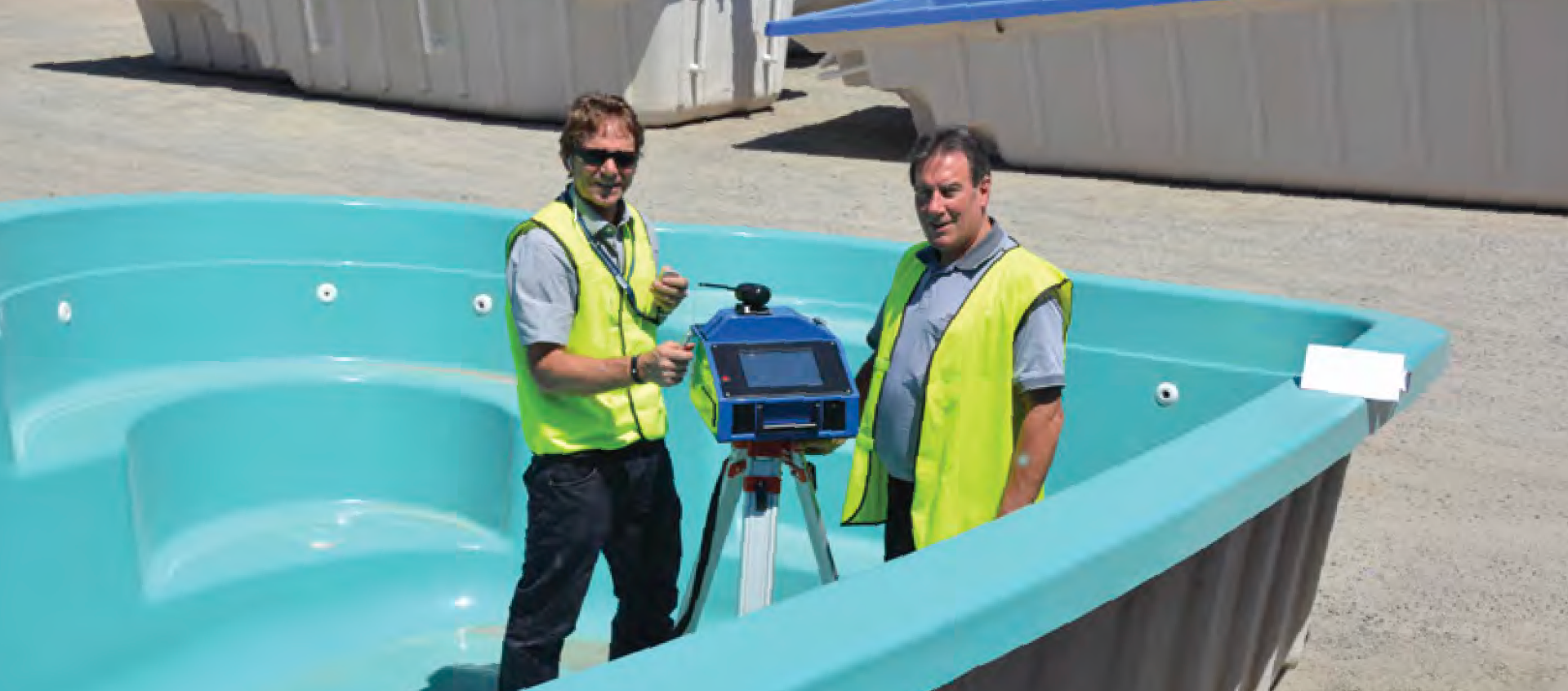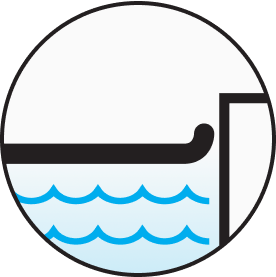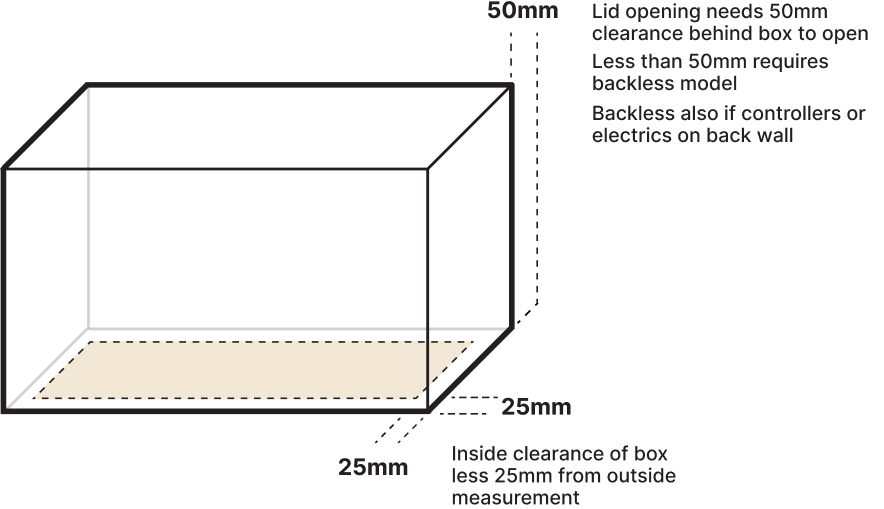Cover not rolling up straight/ is difficult to roll up
If the pool is kidney-shaped, an unusual shape or has a step area, there needs to be a clear “line of sight” from the roller edges down the pool cover before attempting to roll up. Ensure all step areas are folded over giving you this clear “line of sight” before rolling up. The shape of the pool may tend to push the cover one way, so you may need to pull the cover gently while rolling to keep it straight on the roller.
Ensure the roller position is perpendicular with the main body of the pool so the cover can come up evenly onto the roller.
Ensure the cords are pulling the cover evenly off the water and onto the roller. If not, adjust the cords so the cover is being pulled evenly.
Ensure the cover is being rolled onto the roller over the top of the tube, not underneath.
Ensure the roller is right at the end of the pool, or even extending over the water, before trying to roll in the cover. If the roller is back from the end of the pool (over the pool surrounds) it will make it hard to roll in the cover. Some pool shapes require the roller to be over the water by 1 meter or more to make it work correctly in rolling in the cover.

I’d like to thank you very much
Dear Shannon and Brett,
My replacement pool cover arrived today and it fits my pool perfectly. I’d like to thank you very much for promptly addressing my issues and going to so much trouble to ensure that the replacement was the perfect fit. I particularly appreciate that you did this at such a busy time of year. I acknowledge that the circumstances behind the first cover not fitting were strange, and I was impressed that despite that, Daisy Pool Covers didn’t hesitate to take the issue on board and ensure that I am now a very satisfied customer.
All the best for 2019.
Paul
Murrumbateman, NSW Customer
Committed to Quality
Daisy Pool Covers only offer energy and water efficient products so our
customers can enjoy their pools for longer.








